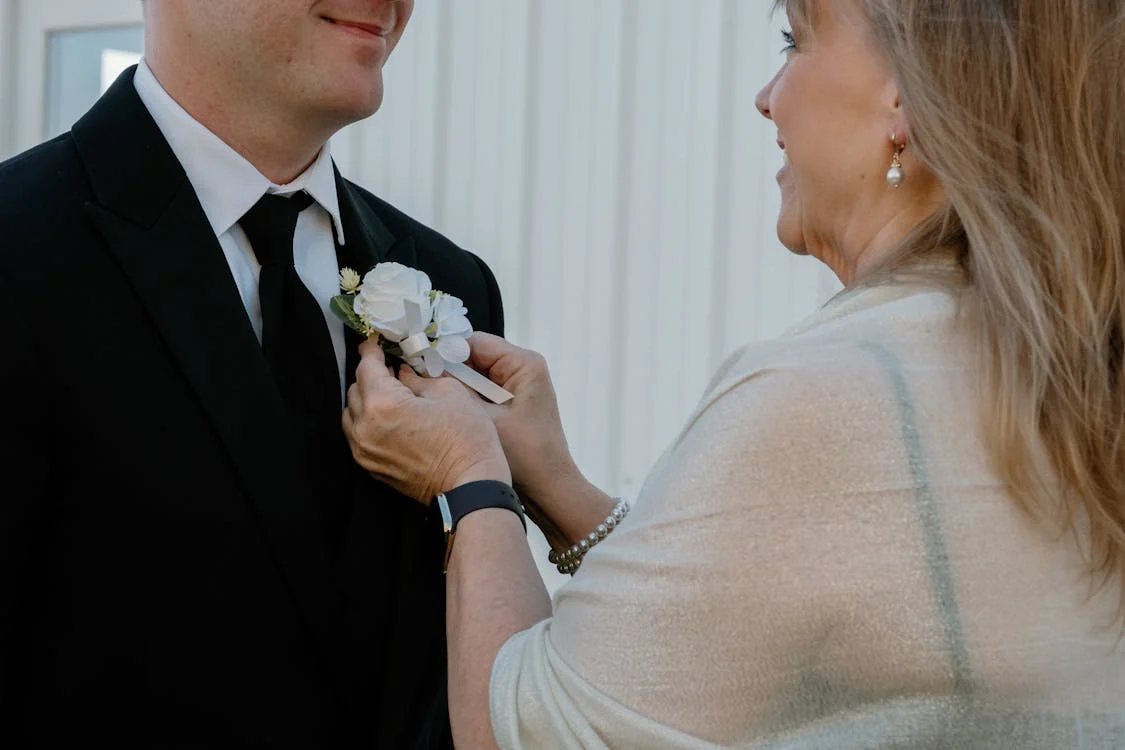Introduction
A bodice is not just a decorative accessory; it is a timeless symbol steeped in tradition, beauty, and meaning. Whether adorning the wrist of a prom attendee or pinned to the lapel of a wedding guest, a corsage serves as an anchor for memories of special occasions. This article will delve into the historical significance, cultural impact,t and modern interpretations of bodices and shed light on why this small but significant accessory continues to occupy a vital place in our lives.
The history of bodices
The origins of corsages can be traced back to ancient Greece, where small bouquets, known as “boutonnières” for men and “corsages” for women, were worn to ward off evil spirits. This flower arrangement was supposed to bring luck and protection at weddings and other ceremonies. Over time, corsages evolved into a gesture of affection often given by a gentleman to his date as a sign of respect and admiration.
In the Victorian era, bodices became central to courtship rituals. In the 20th century, corsages became a staple at proms, weddings, and Mother’s Day celebrations, cementing their role in commemorating life’s milestones.
Types of bodices
Modern bodices come in a variety of styles and designs, each suited to different occasions and preferences. Here are the most popular types:
1. Wrist bodice
Worn around the wrist, these bodices are a popular choice for proms and weddings. They offer a comfortable and stylish option and leave the wearers hands-free. The wrist bodice, usually made with elastics or ribbons, can be decorated with flowers, greenery, and ornaments.
2. Pin-On bodices
This traditional style involves pinning the bodice to the garment, usually near the shoulder or chest. Pin corsages are often chosen for mothers, grandmothers, and other special guests at weddings.
3. Boutonnières
While not technically corsages, boutonnières serve a similar purpose for men. Pinned into the lapel of a suit or tuxedo, these small floral arrangements complement the bodices worn by female counterparts.
4. Hair bodices
For a unique and whimsical touch, some individuals opt for hair corsets. These floral patterns are incorporated into hairstyles and offer a romantic and ethereal look.
The symbolism behind the bodice
Flowers are rich in symbolism and the choice of flowers in a bodice often has specific meanings. For example:
- Roses symbolize love and passion.
- Orchids represent beauty and strength.
- Carnations mean admiration and gratitude.
- Baby’s Breath adds a touch of innocence and purity.
The color of the flowers also plays a significant role. White often represents purity and reverence, while red expresses deep affection. Pastel shades are associated with elegance and sophistication, making them a popular choice for weddings.
Bodice in modern celebrations
Corsets remain a time-honored tradition of today’s celebrations. Here are some of the occasions when they shine brightest:
1. Balls
For high school students, the bodice is a hallmark of prom night. Traditionally presented with a date, it symbolizes thoughtfulness and mutual respect. Modern prom-goers often match bodices with their clothes, creating a harmonious and stylish look.
2. Weddings
Mothers, grandmothers, and other important figures often wear corsages as a badge of honor. Floral designs are carefully selected to complement the wedding theme and attire.
3. Mother’s Day
Corsets are a classic way to show appreciation to mothers and grandmothers. A beautifully crafted bodice can express gratitude and love, making the day even more memorable.
4. Graduation
As a symbol of achievement and pride, corsages are sometimes worn by graduates or presented to family members attending the ceremony.
Creating the perfect bodice
Creating bodices requires a mixture of creativity and attention to detail. Here’s a step-by-step guide to making your own:
Materials needed
- Fresh flowers (roses, orchids, or carnations work well)
- Greens (like fern or eucalyptus)
- Floral wire and tape
- Ribbon or rubber band
- Scissors and glue gun
Steps
- Choose flowers: Choose flowers that suit the occasion and the wearer’s preferences.
- Prepare the flowers: Cut the stems to the desired length and remove the excess leaves.
- Arrange the design: Combine flowers and greenery and secure them with floral wire.
- Wrap with tape: Cover the wire with floral tape to create a clean, cohesive look.
- Add Embellishments: Add ribbons, pear, LS, or glitter for extra flair.
- Attach to the base: Secure the arrangement on a bracelet or pin for easy wearing.
Trends in Corsage Design
As fashion evolves, so do bodice designs. Modern trends include:
- Minimalist styles: Simple arrangements with a single flower and delicate greenery are gaining popularity.
- Bold colors: Vibrant and unconventional hues like deep purple and orange make a statement.
- Eco-friendly options: Many florists embrace sustainable practices, using biodegradable materials and locally sourced flowers.
- Personalized Bodices: Customizing bodices with initials, cha,rms or themed designs adds a unique touch.
Caring for bodices
Proper care is essential to keep the bodice looking fresh and vibrant throughout the event. Follow these tips:
- Refrigerate before use: Store the bodice in the refrigerator to preserve its freshness.
- Misting with water: Lightly spray the flowers with water to prevent wilting.
- Handle with care: Avoid excessive handling to preserve delicate flowers.
Emotional connection
In addition to their aesthetic appeal, bodices have a deep emotional meaning. They serve as tangible reminders of precious moments, embodying the love, res, pec, t, and joy shared during life’s milestones. For many, receiving bodices is a heartfelt gesture that creates lasting memories.
Conclusion
As anchors to tradition and emotion, they continue to enrich our lives with their beauty and meaning. Whether crafted for a prom, wedding, or other special occasion, a corsage is more than just a floral arrangement—it is a symbol of connection, celebration, and timeless elegance. As we carry these traditions forward, the corsage remains an enduring testament to the art of expressing affection through nature’s finest blooms.










